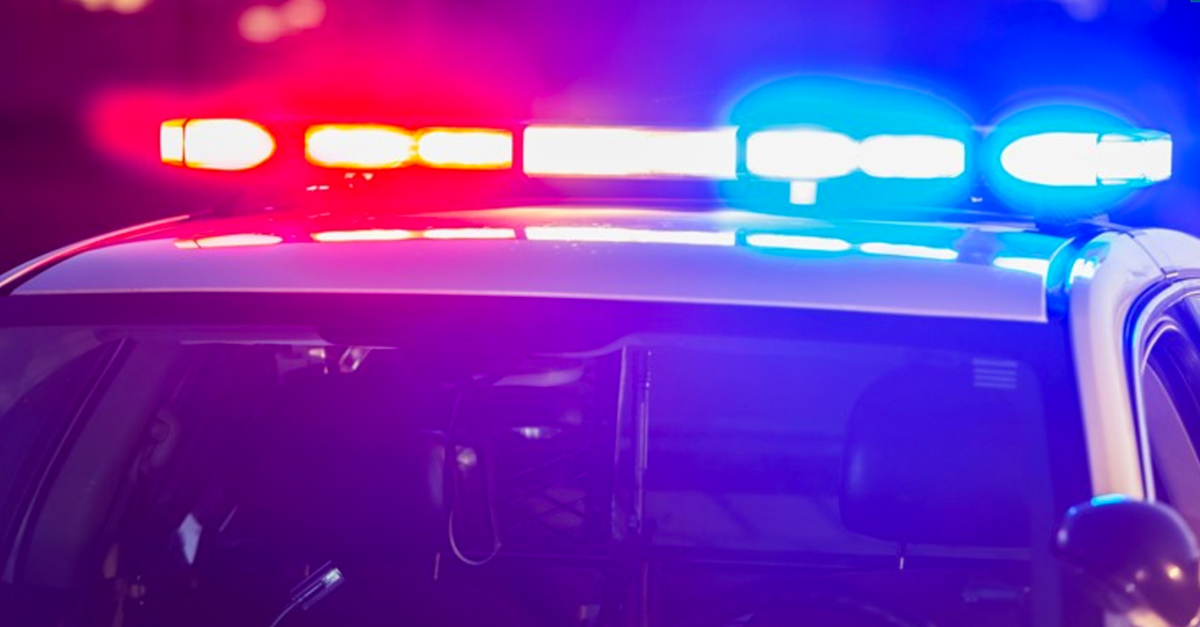Arizonans perusing their state’s official driver’s handbook will find new language in the latest edition. The last section of the book is titled “Law Enforcement,” and its two pages of instructions for how drivers should behave when pulled over by police are subtitled “Expectations for the safety of yourself, your passengers, the officer and other motorists on the roadway.”
Videos by Rare
In other words: Do this stuff so you won’t get shot by the cops.
If my translation seems unfair, let me explain. That’s the actual rationale given by State Representative Reginald Bolding, the legislator who made this addition to the manual.
Bolding got the idea to educate Arizona drivers on how not to get killed after watching high-profile cases of police violence, most notably the death of black motorist Philando Castile at the hands of a police officer during a traffic stop in Minnesota last year. “When you look at what’s taken place across the country, you have seen a majority of individuals who are people of color that have had higher incidence of interactions with law-enforcement officers, particularly in shootings,” Bolding says. “Hopefully we can get to a place where that’s not the reality.”
“I recognize this won’t solve all officer-involved shootings,” he admits, but adds, “I do hope that this could potentially save a life by giving a recommendation of what to do.”
I hope it can too, but I’m troubled by this on two counts.
RELATED: Fake street signs are warning Minnesota residents of “easily startled” police
First, when Bolding started planning his update to the manual, he reached out to eight Arizona police departments for their input. He received “eight different recommendations.”
We live in a country where it’s entirely normal to be in eight different law enforcement jurisdictions in the span of a week or even a single day. Between state police, county sheriffs and city cops — not to mention more specialized officers on mass transit or in public buildings — at any given time we can encounter officers from different departments with different expectations for our actions.
How is the average person supposed to navigate that? You could be following one officer’s advice perfectly and run afoul of another. What some cops think is right could startle others.
Bolding ended up working with representatives of Arizona’s state agencies for transportation and public safety to develop a unified list of rules. But that’s cold comfort if the standard isn’t rigorously and consistently communicated at the departmental level. What good does it do to give drivers this advice if officers don’t have the same expectation? And what about out-of-state drivers who don’t know what Arizona cops prefer?
The second troubling part of this ought to go without saying. There is something very wrong when a government issues guidance for how to avoid being unjustly killed by its own agents instead of correcting the behavior of those agents.
RELATED: Republican Senator Rand Paul and Democrat Kamala Harris are teaming up to seek bail reform
I say this not to diminish the good intentions of Bolding and the team who helped him craft these guidelines. His goal is to keep Arizonans safe from police misconduct, and making this change to the driver’s manual is a much more immediately possible reform than overhauling the culture and use of force policies in hundreds of police departments in his state.
Still, the onus of responsibility for emerging unharmed from a routine traffic stop should not rest on the driver. It’s bizarre and backward that ordinary people are expected to remain calm and effectively de-escalate tense situations, while the police — who in theory are trained for exactly these scenarios — are excused when they panic.
The Castile story illustrates this sad dynamic all too well, because Philando Castile did everything right. He was a lawful gun owner with a concealed carry license, and he politely informed the officer, Jeronimo Yanez, that he was carrying his firearm. He never exhibited any threatening behavior toward Yanez, and their entire interaction was sparked by a basic lapse in car maintenance of which any of us might be guilty. He complied, as much as possible, with Yanez’s conflicting orders.
And yet he was shot, executed roadside by a panicked cop.
It’s difficult to believe a guide like Bolding’s could have prevented that outcome, because Castile basically followed its rules already. It’s a good idea to be polite to cops, as well as everyone else, but police misconduct is a systemic problem that won’t be solved by drivers sticking to a script.



